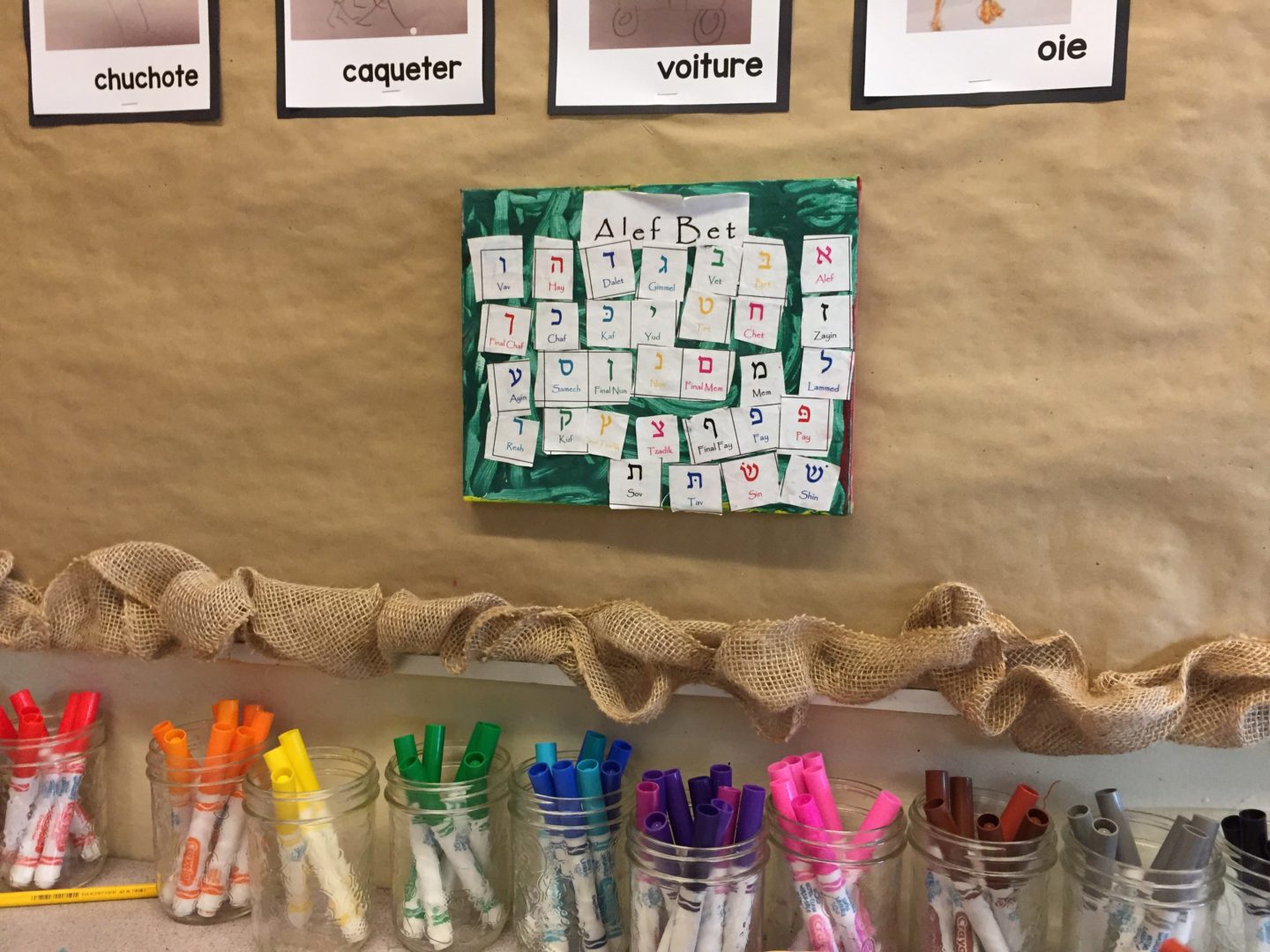
Celebrating Language Identities in the Writing Zone
I believe in the ties between language(s) and self. I am a changed being now that I know this language and it is a much a part of me as are my feelings. I have so many thoughts about honouring home languages in our schools. Just because we value the target language, it does not mean we have to devalue home languages. Our language(s) connect(s) us to our ancestors; in some cases the loss of language separates us from them.
My role as a French immersion teacher is to teach a minority language (French) in the context of the majority language (English). It isn’t always easy to navigate, and opinions about language separation are flying around like bullets.
My role as a French immersion teacher is to teach a minority language (French) in the context of the majority language (English). It isn’t always easy to navigate, and opinions about language separation are flying around like bullets. I know these are not the only two languages around me. I am mindful of the languages of these territories long before they were colonized. How do I approach it? I share my love of languages and I create space for more than just one thing. I don’t subscribe to ideologies about monolingualism. I seek to embrace new definitions of bilingual which are rooted in a place of connection.
I share my love of French with my learners. I celebrate their efforts to learn the language and the gains in their language expertise. I set them up to be successful in the target language by being intentional about the learning progression. I use gestures to scaffold. I talk about accents, including my accent, and I am intentional about exposing my learners to multiple speakers. I do all of these things and more to promote and celebrate the speaking of French in my classroom. Each year, I gradually work towards creating a French-full environment. This is not the same as French-only, but it is close.
I seek connections with my learners and their families early on. I like to know what languages they speak (or are learning to speak) at home. I strongly encourage my learners’ parents to continue their efforts to promote literacy in their home languages at home, even while they child is in the early throes of learning an additional language at school. Research reveals a great deal of transfer of skills between languages.
Kindergarten learners are often very interested in letters and unlocking the code of print. This interest is not limited to learning about street signs and books, but in writing too. I celebrate the written word. Together with my learners, we make our own letter sound anchor charts by following the letter sequence outline in the Jolly Phonique program. This is a co-creation; a place where teacher guidance and learner knowledge meets in the sweet spot for meaningful learning. I introduce all 36 of the French phonemes and they add their ideas to match. We post our signs above the writing zone. This learning takes months, and I don’t feel a rush to fill the space any sooner. We build on the display the same way we build on our learning. During independent writing times, my learners constantly refer to these posters.
Last year, in early November, one of my leaners brought his Hebrew alphabet to school to show me. Of course, my language teacher heart was bursting! We needed a sharing circle! I encouraged him to tell us as much as he could about his alphabet. He told us about making it at Hebrew school and how he is supposed to practice reading it every night. He was so excited to share and so proud! While he was reading it for us, you could have heard a pin drop! This NEVER happens in kindergarten. It was so great, I asked him to read it again so I could make a video. Video documentation is one of my favourite ways to value student thinking and learning. Again, complete silence in the circle! I asked him to show us how he reads it. I wanted to uncover the piece about directionality so we could talk about how it was the same and different from French. With permission, we passed his alphabet around so everyone could get a closer look. Of course, I was very quick to display the Hebrew alphabet in a place of honour on our writing wall. I encouraged anyone who was interested to try making some of the letters.
I needed a bigger writing zone to hold all of their interested little bodies! Don’t worry, they already knew the solution and went to get clipboards so they could stand nearby. Most children tried a few letters and moved on, but two students worked tirelessly until they had transcribed the whole thing (one of these learners is also of Jewish ancestry). They were so proud of their work, they wanted to get a picture together with the learner who had brought the alphabet originally. Even a year later, reflecting back on this moment makes me feel emotional. There are very few moments in my job where I feel surrounded by the spirits quite in the way I did that day.
Since this whole beautiful thing evolved naturally last year, I have given a lot of thought to ways to include these types of writing invitations. While the moment and the connection can’t be replicated, there are steps I can take to create space for additional languages. As soon as I catch wind of any interest, I display additional alphabets in my writing zone. This year, we have an Arabic alphabet and a Japanese alphabet on display.
